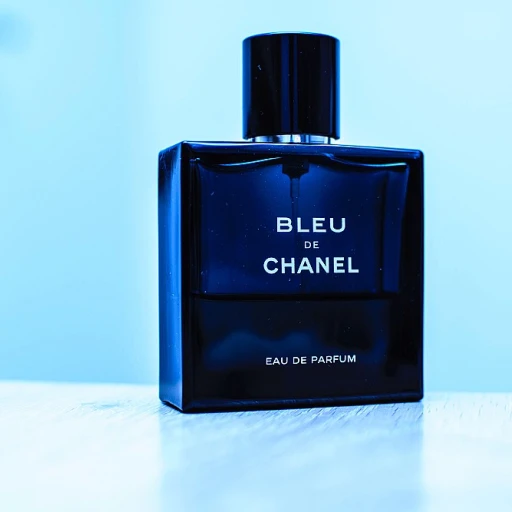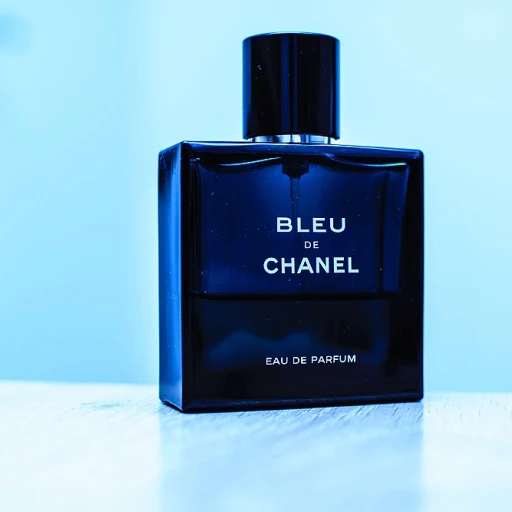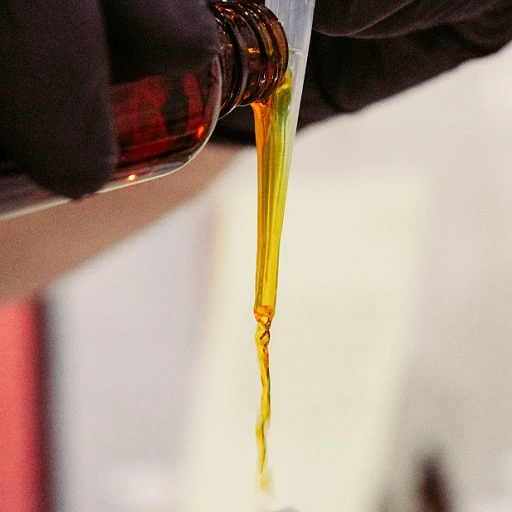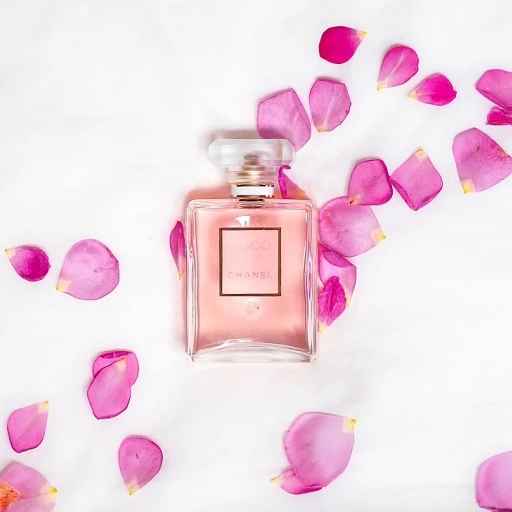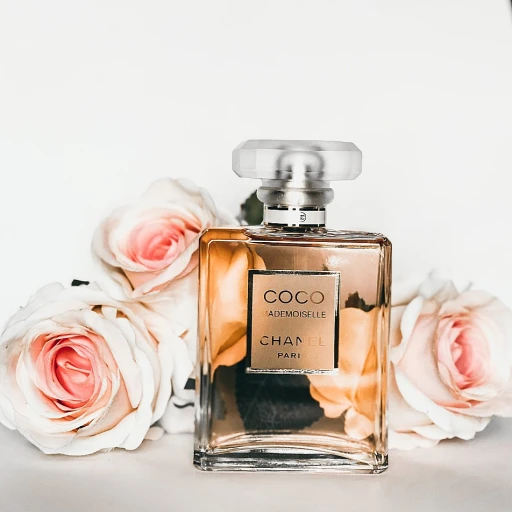
The Role of Fragrance Bases in Perfumery
Discovering the Foundation of Fragrance Compositions
In the intricate world of perfumery, fragrance bases serve as the foundation upon which perfumes are built, providing the depth and richness that can transform a scent from fleeting to unforgettable. They are the supporting players that might not always be the star, yet their importance is undeniable. The base is where perfumes' lasting power resides, infusing a scent with depth and complexity. Fragrance bases can be likened to the soul of a perfume. Common components in these intricate layers include warm amber, sandalwood, and rich woody elements like cedar and guaiac wood. Each contributes to the perfume's personality, making it last longer on the skin. As the top and heart notes dissipate, the base notes linger, creating a lasting impression. Understanding the importance of fragrance bases helps us appreciate their role in defining a perfume's character and strength. Their blend is crucial for cohesiveness, tying together top notes like juniper berry and pink pepper with heart notes such as rose jasmine or ylang ylang. This synergy not only enhances sophistication but also opens doors to innovative combinations within the fragrance family, allowing for personal creativity and expression. For those intrigued by natural perfumes, the base's composition can also involve exquisite elements such as orris root and violet leaf or the sweet spicy nuances of sandalwood vanilla. Each component is carefully considered to balance the fragrance oils seamlessly, ensuring the scent evolves gracefully throughout the day and remains long-lasting. For more insights on how specific base elements contribute to the complexity of perfumes, explore our deep dive into the mystique of patchouli. This essential oil is renowned for its earthy, woody scent and how it enriches perfume compositions, making them vibrant and unforgettable in their own right. The artistry in fragrance bases is not just in their individual notes but in their ability to blend harmoniously with top and heart notes, crafting perfumes that are both enduring and memorable. As we journey further into the world of perfumery, it's this intricate blending that often defines a best selling perfume's staying power. The next time you're looking to shop for a new scent, consider the base as a key component in your decision, revealing much about the fragrance's longevity and essence.Types of Fragrance Bases
Exploring the Diverse Spectrum of Fragrance Bases
Understanding the intricate world of fragrance bases is essential for any perfume enthusiast. This journey into the complex science and art of bases will unravel the essence of perfume creation, which is built upon a sophisticated layering of base notes, heart notes, and top notes. Each type of base in perfumery plays a pivotal role in crafting a well-balanced scent that resonates with the wearer's skin and personality. At the core of many fragrances lies the captivating warmth of amber and the delicate presence of floral elements like rose and ylang. The inclusion of such ingredients constructs a solid foundation that supports the more volatile aspects of the fragrance. This is why warm amber bases often feature prominently in natural perfumes, offering a long-lasting scent that captivates throughout a long day. Amber perfumes have become more prominent in fragrance shops as consumers seek out their addictive qualities. Woody bases are another cornerstone of the fragrance family, defined by calming scents like cedar, guaiac wood, sandalwood, and sandalwood vanilla. These create rich and inviting notes that add depth and longevity to perfumes. A base enveloped in woody scents can evoke images of freshly cut wood and cozy, earthy surroundings. For those who lean towards lighter and more dynamic offerings, green floral and sweet spicy bases offer an aromatic spectrum with notes that include juniper berry, pink pepper, violet leaf, and orris root. Each of these contributes to the freshness and vibrancy of a fragrance, ensuring that it appeals to a broader audience, making it a best-selling option. Ultimately, the types of fragrance bases are as diverse as the preferences of perfume lovers. They shape the character and projection of the scent, laying the groundwork for a harmonious blend, whether it’s a classic rose jasmine scent or a more contemporary twist. Their evolution tailors them to fit into the ever-changing landscape of modern perfumery, promising endless potential in future olfactory creations.Creating Harmony: Blending Fragrance Bases
Crafting Symphonies: The Art of Blending Fragrance Foundations
Creating a harmonious scent from various fragrance bases is akin to composing a symphony. Each note, from the top to the heart, and finally, the base, plays a vital role in the unfolding olfactory journey. The science of blending fragrances demands a keen understanding of how different notes interact to form a balanced aroma that leaves a lasting impression.
At the forefront of this craft is the interplay between the initial burst of top notes—such as the invigorating essence of pink pepper or the zesty flourish of juniper berry—and the heart notes that follow. It is in the heart where the character of a perfume truly evolves, with floral elements like rose jasmine and iris harmonizing elegantly to weave a rich, complex tapestry.
The final act belongs to the base notes, the enduring foundation that fixes the scent to the skin. Here, the warm, resinous depth of amber or the earthy tones of guaiac wood and sandalwood vanilla provide a long-lasting finish. The careful integration of woody elements, such as cedar, adds a layer of sophistication, appealing to those who seek a robust, woody scent.
Navigating these intricate combinations requires precision and artistry, transforming raw fragrance oils into masterful perfumes. Recognizing the impact of each component is essential to create a blend that not only captures the retailer’s best-selling titles but also resonates with the nuanced desires of those who love natural perfumes and fragrance oils.
For perfumers, the challenge lies in maintaining equilibrium within the fragrance family—whether the end goal is a sweet spicy profile or a green, freshly cut aroma. Crafting perfumes is more than mere scent; it’s about cultivating an experience that truly enhances a long day.
To explore more about the nuanced interaction between fragrance molecules and achieving that harmonious blend, please visit our deep dive into the world of perfume molecules.
Challenges in Formulating Fragrance Bases
Overcoming the Art of Complexity in Crafting Fragrance Bases
Creating a fragrance masterpiece starts with overcoming the complexities involved in formulating robust fragrance bases. These bases serve as the canvas upon which top notes like pink pepper or juniper berry, and heart notes such as rose jasmine or orris root, come alive. Yet, blending fragrance bases is far from simplistic — it involves navigating a labyrinth of challenges that can impact the scent's longevity and harmony. Fragrance oils and raw materials used in forming bases each possess unique characteristics. For instance, a warm and inviting combination of sandalwood and vanilla can be offset by the infusion of green notes like freshly cut violet leaf or juniper berry. Striking the perfect balance between such diverse elements is essential to formulating a base that works seamlessly with others, ensuring a long lasting and cohesive scent experience. Often, fragrance bases incorporate a mix of complex accords such as sandalwood, amber, and musk. These can either enhance or clash with other notes in the scent's architecture. The floral and sweet spicy elements, such as ylang or rose, need to be subtly integrated to prevent overshadowing the heart's delicate balance. Equally, woody scents like guaiac wood, cedar, and woody base notes must be harmonized with amber and iris to prevent any muddled warm undertones. Formulating these bases requires a deep understanding of how perfume ingredients interact upon application and over time on the skin. Throughout a long day, a perfume's top notes may evaporate, influenced by the individual’s body chemistry, temperature, and more. Thus, a perfume designed with carefully calibrated base notes of sandalwood, amber, or musk ensures a lingering, complex scent journey. Furthermore, the perfume industry faces an ongoing demand for natural perfumes and fragrance oils. These not only appeal to the eco-conscious consumer but also pose formulation challenges, as balancing natural compounds can be more complex due to their variability. Yet, embracing these elements allows for innovation in creating uniquely captivating scent profiles across diverse fragrance families. As shops continue to explore intricate blends that enchant and endure, the role of fragrance bases remains pivotal in ensuring that every scent—from the best selling floral to the sweet spicy—fits seamlessly into the oeuvre of perfumery excellence.The Evolution of Fragrance Bases
Timeless Transformation in Fragrance Bases
The world of perfumery has witnessed remarkable transformations over the decades, and fragrance bases are no exception. These foundational blocks have evolved, adapting to the dynamic tastes and preferences of modern consumers while maintaining their timeless appeal. From providing the grounding warmth of amber to the clean allure of freshly cut cedar, fragrance bases have carved their unique niche in the perfume industry.
The early years of perfumery primarily relied on natural fragrance oils such as sandalwood, ylang ylang, and musk. These natural elements created rich, woody, and floral undertones. However, the increasing demand for more nuanced scents paved the way for innovative synthetic notes like orris root and guaiac wood, expanding the horizons of base-related creativity. Today, perfumers can create irresistible harmony by blending both natural and synthetic elements, yielding a wide variety of fragrance profiles that captivate our senses.
As techniques advanced, the introduction of new fragrance families and warm base notes further diversified the aromatic landscape. Heart notes such as rose jasmine and top notes like pink pepper combined with base elements, offering layers that evolve elegantly over time. This complexity has made modern perfumes exquisite companions for any occasion, whether you're shopping or simply enjoying a long day at work.
Modern-day perfumery is characterized by the resurgence of interest in sustainable and natural perfumes, with a focus on green and woody scents that are both eco-conscious and luxurious. In this regard, the base continues to be a vital component, providing lasting character and depth, as seen in popular scent profiles like sandalwood vanilla and warm amber. These perfumes continue to dominate the market, retaining their status as best selling favorites among fragrance enthusiasts.


